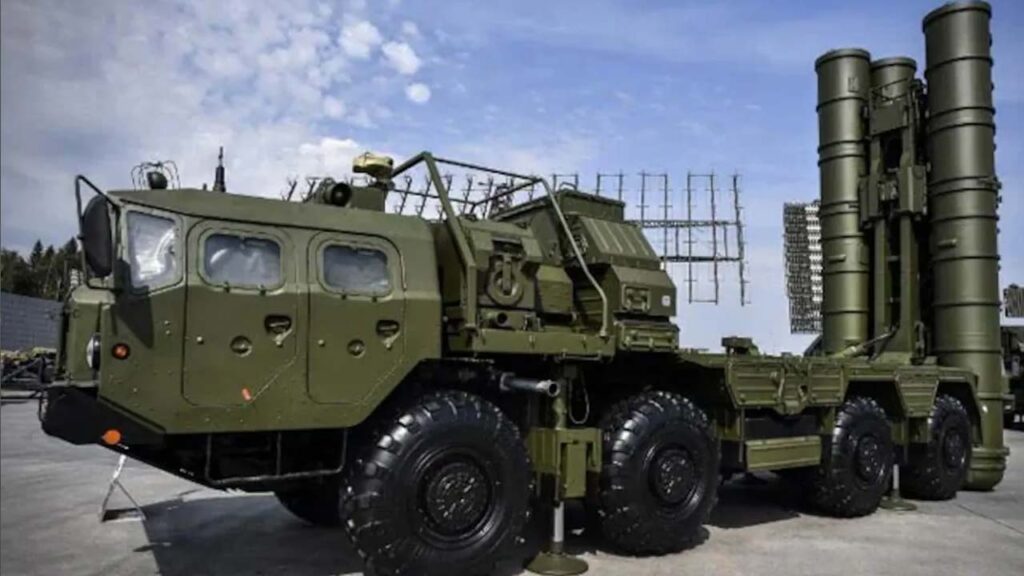
Introduction
The S-400 air defence system is one of the most advanced and versatile missile systems in the world, designed to protect against a variety of aerial threats. Developed by Russia, it has garnered significant attention due to its capabilities, the geopolitical implications of its deployment, and the technology it employs. As nations increasingly prioritize their air defence strategies, understanding the S-400’s features and relevance is imperative for military analysts and policymakers alike.
Capabilities of the S-400 Air Defence System
The S-400 system, known by its NATO designation SA-21 Growler, is equipped to engage multiple aerial targets, including aircraft, drones, and ballistic missiles. It boasts a detection range of up to 600 kilometers and can track up to 100 targets simultaneously. Its use of different types of missiles means that it can engage threats at varying altitudes and distances, making it highly adaptable to different military scenarios.
Global Deployment and Reactions
The deployment of the S-400 system has become a contentious issue in international relations. Countries like Turkey, India, and China have either procured or are in the process of acquiring the system, leading to friction with Western allies, particularly the United States. In response to Turkey’s acquisition, the U.S. removed the country from the F-35 program, arguing that the S-400 could compromise the stealth capabilities of the fighter jet. On the other hand, proponents argue that the system enhances national security and acts as a deterrent against potential aggressors.
Conclusion and Implications
The S-400 air defence system represents a significant advancement in military technology and air defence strategy. As more nations invest in their defence capabilities, the implications of such systems on global power dynamics cannot be underestimated. Analysts predict that the proliferation of advanced air defence systems like the S-400 could lead to an arms race in air superiority technologies. For policymakers, understanding these systems’ capabilities is crucial in navigating the complexities of international security and diplomacy.






